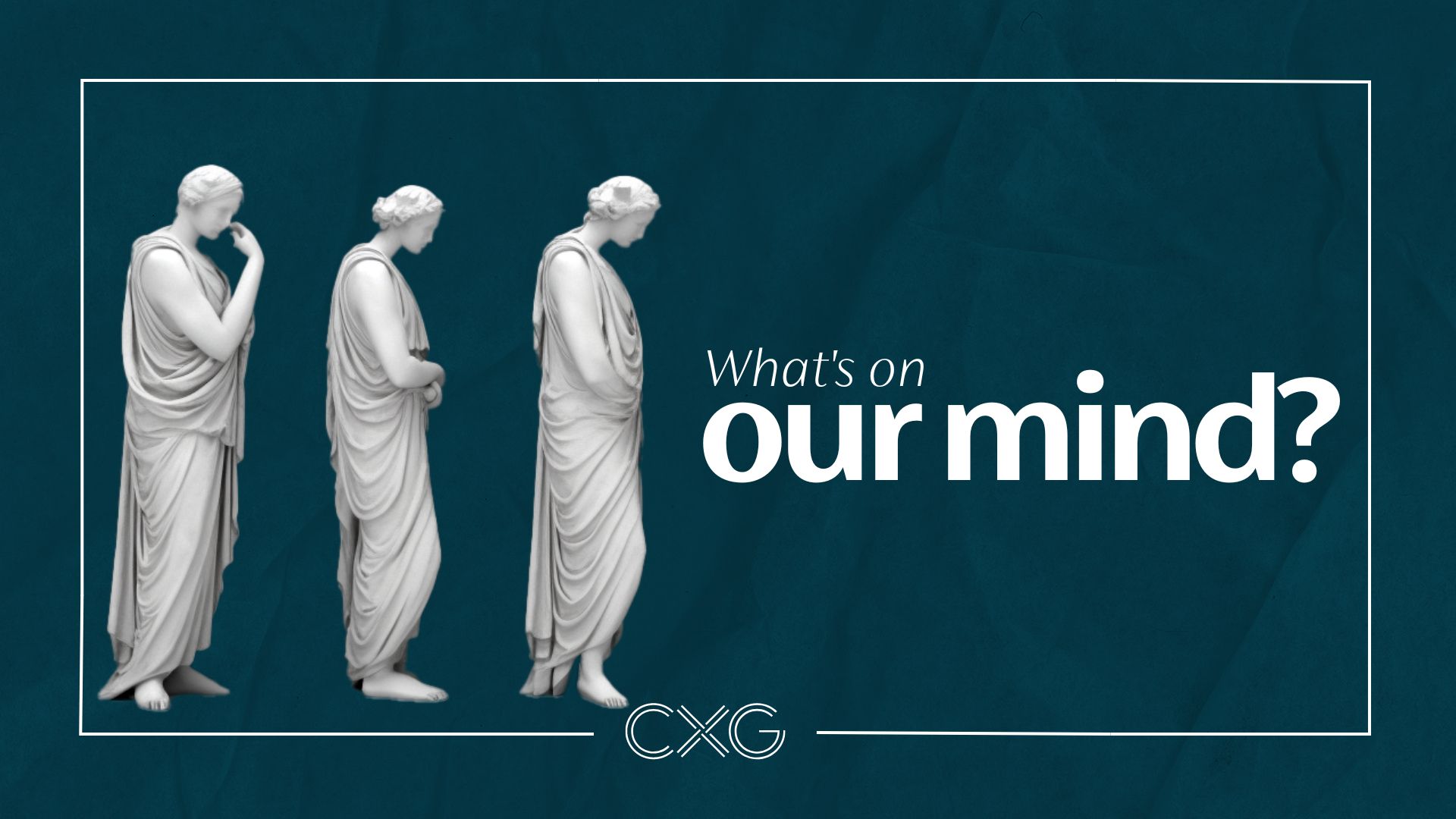Black Friday and Luxury Brands: A Little Bit of a Love-Hate Relationship

The term Black Friday is rooted in the old bookkeeping practice of recording profits in black and losses in red ink, encapsulating the idea that retail businesses can sell enough products on this one day following Thanksgiving to put themselves “back in the black” for the year.
In retail, Black Friday and the ensuing sales days are usually interpreted as a bellwether for the subsequent holiday season sales. This year, we witnessed the US Black Friday and Cyber Monday results hit home with record earnings. Black Friday online sales reached $9.8bn, representing a 7.5% increase YoY, and Cyber Monday online sales came in at $12.4bn, up 9.6% over last year. On the other hand, retail traffic increased by around 2%, while in-store retail sales were up around 1% YoY, according to RetailNext and Mastercard, respectively.
With no connection to Thanksgiving or the historic Black Friday sales event per se, other parts of the world have jumped on the bandwagon, as proven by the record global earnings of $70.9bn during Black Friday, according to TechCrunch. Countries like France, Germany, and the UAE (with its White Friday sales) have embraced this seasonal mega-sales event.
For luxury brands, Black Friday has traditionally been a juggling act of sales opportunity vis-a-vis the ever-looming danger of brand dilution. It has been a varied experience between wholesale and retail channels. The most significant opportunity for engagement appears to come from aspirational, entry-level product sales, less via discounts and more through bundle sales.
While pure luxury brands usually abstain from hopping on the Black Friday sales carousel, premium brands like Veronica Beard, Rag&Bone, Faherty, Nili Lotan, and A.L.C have been offering discounts of 25%-30% starting in the lead-up to Black Friday and becoming more aggressive following Black Friday and into Cyber Week and beyond. In other words, aspirational and premium brands want to move inventory during this sales window as much as possible, maximizing sales and clearing the shelves for new holiday stock.
In the world of multi-brand luxury retailing, the sales period effectively began shortly before Thanksgiving and continues quite aggressively throughout the period leading up to Christmas. We typically see heavy discounting at multi-brand retailers and luxury department stores like Saks, Neiman Marcus, and Bergdorf Goodman. This year, it appears that overstock and old inventory were sold off rather than recent collections at bargain prices, as in years past. This is a clear signal that luxury brands and their wholesalers do not plan on relenting on desirable items.
In addition, online luxury e-tailers like mytheresa.com, net-a-porter.com, and Browns.com offered substantial discounts of up to 50%, and all three continue promoting discounted sales items.
In a nutshell, Black Friday is a signaling event that informs us about the direction and potential strength of the holiday season sales momentum. Even though luxury is not strictly subject to the dictates of Black Friday, the latter is an essential bellwether for sentiment and an opportunity to drive traffic and to cross-sell through engagement with entry-level and smaller, aspirational products.



